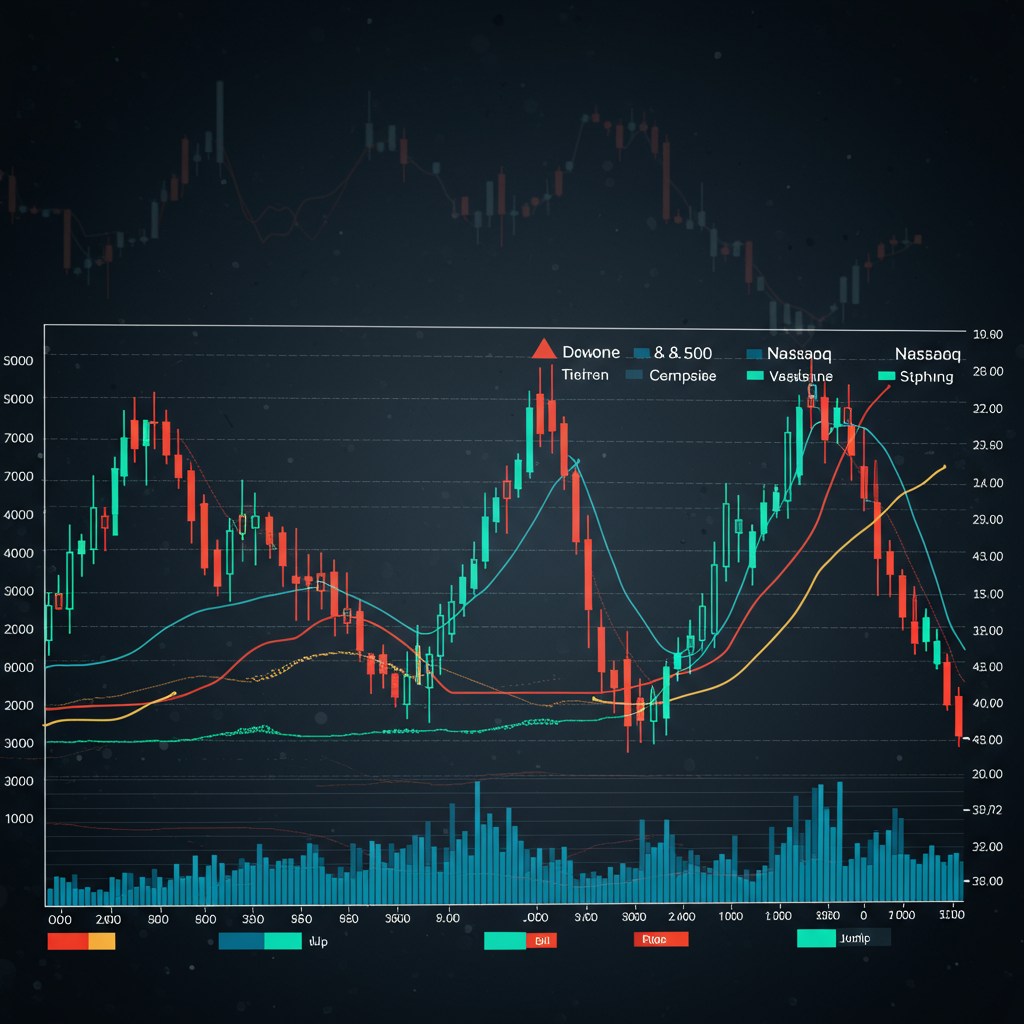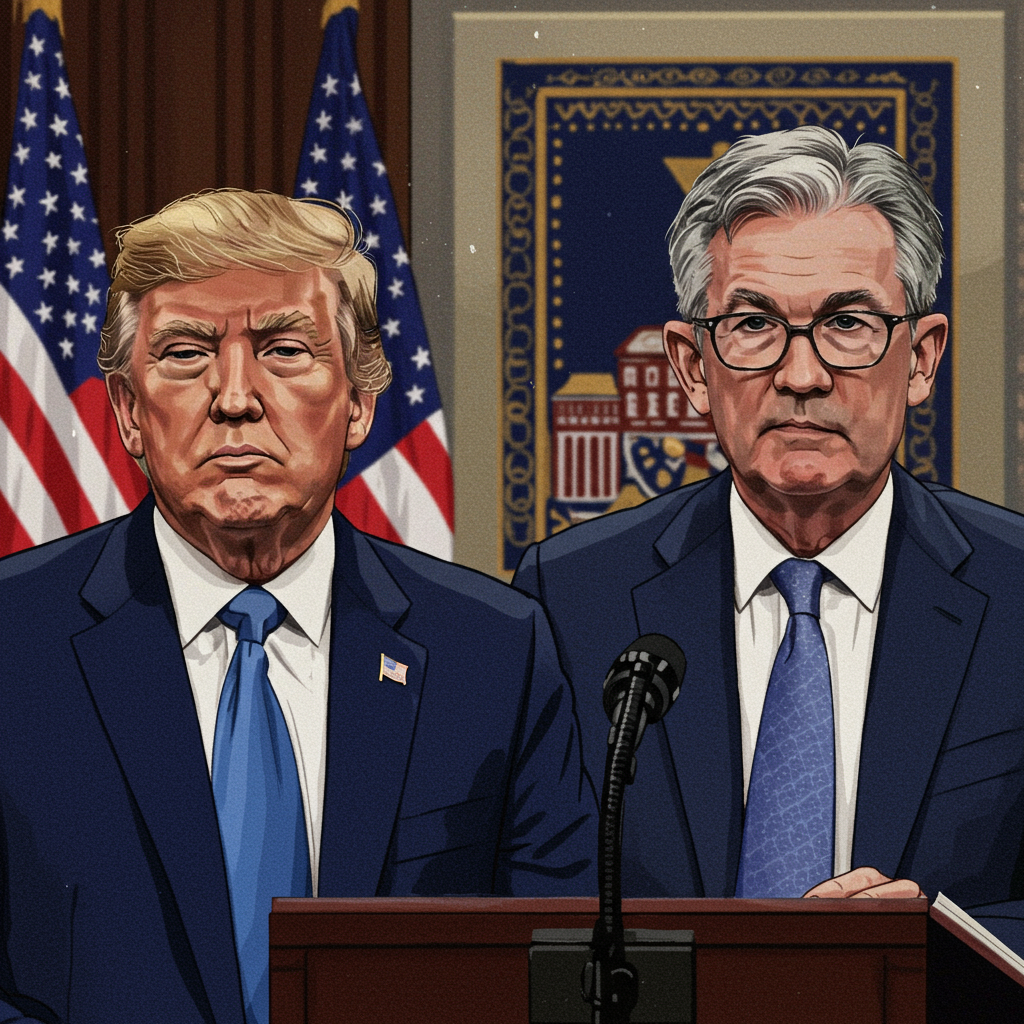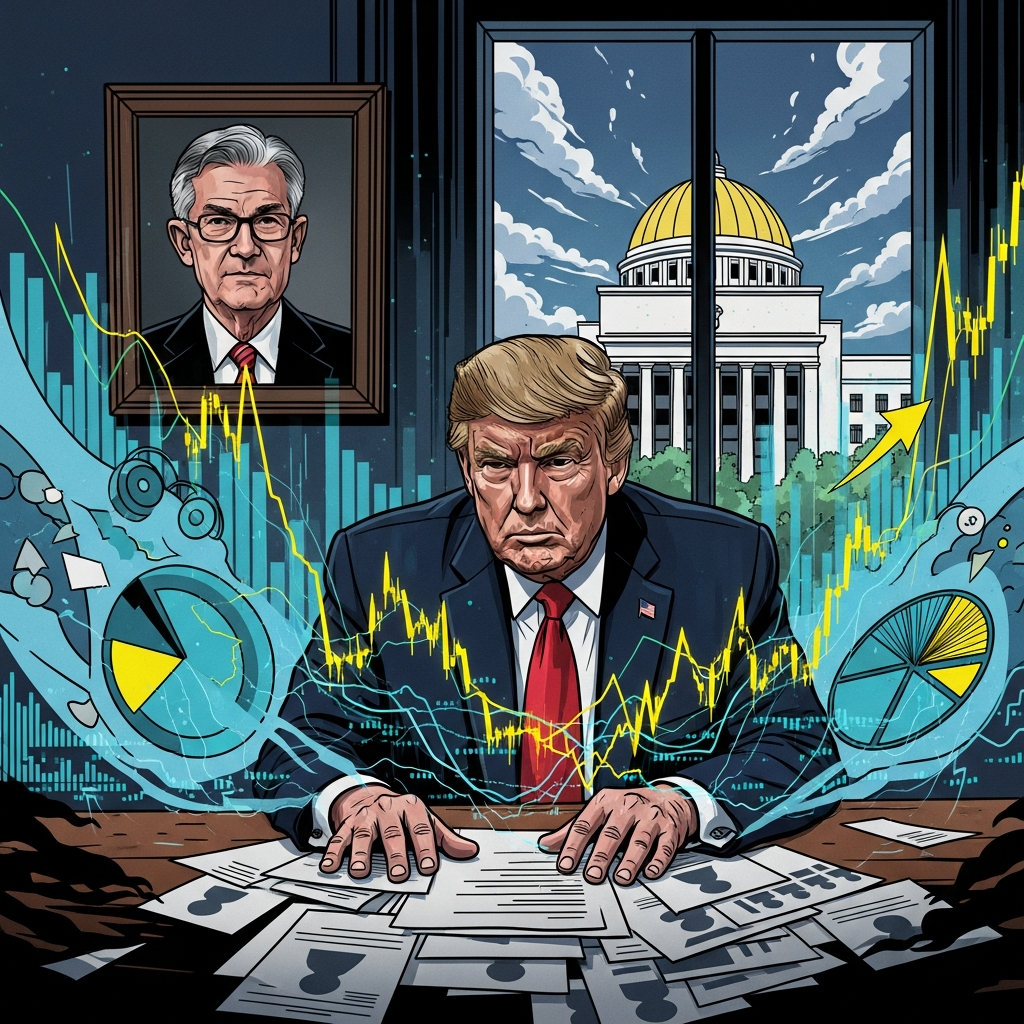US stock markets saw broad gains today, with the Dow Jones Industrial Average, S&P 500, and Nasdaq Composite all closing higher. This upward movement occurred alongside a dip in oil prices. Investors navigated a mix of influential factors, including fresh economic data, significant corporate developments, and ongoing shifts in global trade dynamics.
The positive sentiment built on recent market activity, where major indices have shown resilience despite fluctuating economic signals and geopolitical concerns. The tech-heavy Nasdaq Composite (^IXIC) frequently led the charge, reflecting continued strength in key technology and growth sectors. The S&P 500 (^GSPC) and Dow Jones Industrial Average (^DJI) also contributed to the rally.
Key Market Movers and Economic Signals
Several factors provided tailwinds for stocks:
Economic Data: Recent reports offered a mixed, but generally supportive, picture. The Job Openings and Labor Turnover Survey (JOLTS) showed an unexpected rise in job openings, suggesting persistent demand in the labor market, even as the quits rate saw a slight decrease. Separately, the Conference Board’s consumer confidence index saw a notable rebound, exceeding expectations and reversing a multi-month decline, signaling improved optimism among consumers. While manufacturing data like the ISM Manufacturing PMI indicated ongoing contraction, the overall data flow seemed to lean positive enough to bolster investor confidence.
Corporate Performance & Innovation: Individual company news provided significant boosts. Nvidia (NVDA) continued its remarkable ascent, briefly surpassing Microsoft to become the world’s most valuable company, highlighting the immense investor enthusiasm for AI technology leaders. Other companies also saw strong moves based on earnings or strategic deals. Dollar General (DG), for instance, rallied after strong sales reports, benefiting from cost-conscious shoppers. The growing demand for energy from Big Tech was underscored by Constellation Energy (CEG) surging on a major nuclear power deal with Meta to fuel its AI operations. M&A activity, like the potential Salesforce (CRM) acquisition of Informatica (INFA), also fueled specific stock gains.
Navigating Global Trade Dynamics
Global trade tensions remained a prominent, though sometimes unpredictable, market factor. While escalating rhetoric and tariff actions between the US and China continued to create uncertainty and were cited as contributing to issues like a slump in China’s manufacturing sector and a drop in the US ISM import index, markets have shown varying degrees of reaction to these developments.
On the other hand, signs of easing tension, such as the delay in proposed US tariffs on EU imports to allow for accelerated negotiations, were met with significant market relief and contributed to substantial index gains on related trading days. The market’s response suggests that while trade friction is a persistent concern, any signs of de-escalation or negotiation progress can provide a strong positive catalyst.
Oil Prices and the Bond Market
Concurrent with the rise in stocks, oil prices saw a slip. This move can be influenced by various factors, including shifting demand outlooks potentially tied to global economic forecasts, supply considerations (like OPEC+ plans), and broader market sentiment.
In the bond market, dynamics have been complex. While some days saw US Treasury yields slide, partly influenced by global factors, concerns persist regarding the long-term fiscal outlook, particularly in the US. Large-scale fiscal policies, like proposed tax cuts without corresponding spending reductions, are seen by some analysts as a driving force behind elevated longer-dated yields, potentially acting somewhat independently of traditional economic cycles or Federal Reserve policy expectations. The Federal Reserve itself remains a key focus, with officials debating the path of interest rates and how to weigh the potential impact of factors like tariffs on inflation.
Overall, today’s market action reflected investors processing a complex interplay of positive economic data, company-specific performance drivers, and the ever-present influence of global trade tensions, resulting in gains for major stock indices while oil prices moved lower.




